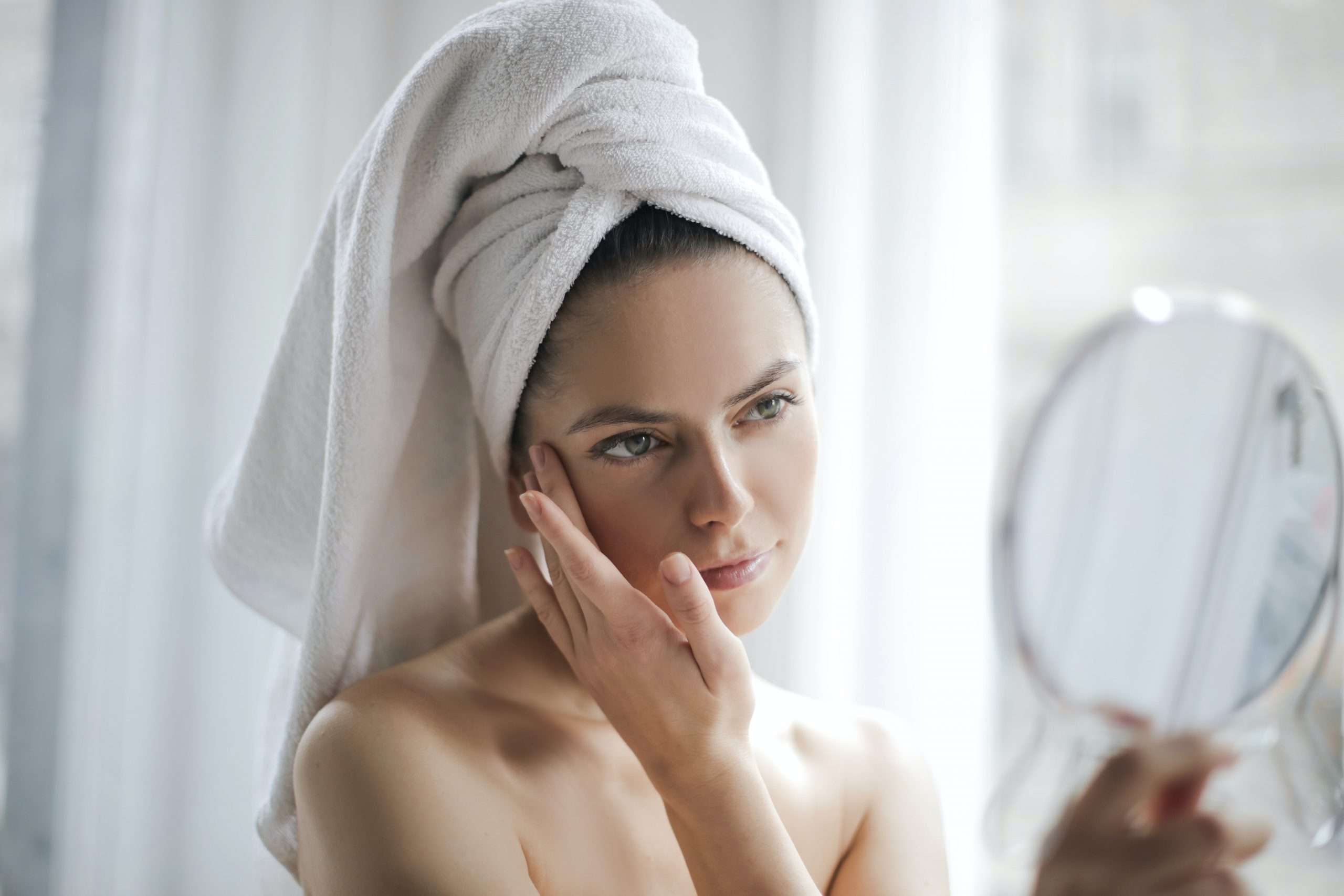Do you have patches of ‘problem pigmentation’?
A common skin complaint in Dermatology and General Practice, particularly affecting women, is that of irregular skin pigmentation. Melasma is one of the most common pigmentation disorders I come across and I wanted to let you know some of the simple things you can do to manage this.
Melasma (or Chloasma as it is sometimes known) usually affects the face and looks like a patch of tanned or grey-ish/blue skin. It is thought to be caused by overactivity of the cells in the skin that make the dark pigment called melanin. People with darker skin tend to suffer from melasma more frequently, because they have greater numbers of these cells.
Common causes of melasma are :
Patches of melasma, such as those that come up during pregnancy, can fade over time, as can those that appear in response to taking the pill. It may be worth trying a non-hormonal method of contraception such as a copper coil if your symptoms are related to birth control.
You may not have melasma but may be bothered by an increase in smaller dark spots like freckles or sun spots (also known as age spots or liver spots – they have nothing to do with the liver, though!)
Freckles are often genetic, affecting young people with lighter skin. They appear in response to sun exposure and act as a natural barrier to the sun, like your skin’s own sunscreen. They also tend to fade as we age.
Sun spots, or ‘liver spots’ are more well-defined and tend to be larger than freckles, occurring in older people as a result of repeated, long-term sun damage.
Whilst it’s not always easy to ‘cure’ these pigmentation problems, there are some other measures that you can take to minimise their appearance and prevent further patches of melasma or dark spots. Here are my tips!
-Always wear an SPF factor 50+ as part of your daily skincare routine, and wear hats or a visor when out in the sun.
-Cleanse or tone daily with gentle acids Salicylic and glycolic acids both improve the appearance of dark pigmentation by exfoliating the skin’s surface, revealing brighter, lighter skin.
-Use a daily skin brightening serum such as one containing Alpha arbutin, Vitamin C or Niacinamide (or all 3!) . These inhibit or reduce melanin production in the skin and can fade away dark spots
-Apply a retinol at night. Retinol encourages cell turnover resulting in its anti-ageing effects and more even pigmentation in the new skin cells. Like Alpha arbutin and Vitamin C, it also inhibits the activity of tyrosinase, an enzyme in the skin which stimulates melanin production
More advanced treatments such as skin peels, microdermabrasion and laser treatment can also help even out skin tone. If you do opt for these kinds of treatments, do make sure that they are performed by a well-qualified and experienced professional.
A common skin complaint in Dermatology and General Practice, particularly affecting women, is that of irregular skin pigmentation. Melasma is one of the most common pigmentation disorders I come across and I wanted to let you know some of the simple things you can do to manage this.
Melasma (or Chloasma as it is sometimes known) usually affects the face and looks like a patch of tanned or grey-ish/blue skin. It is thought to be caused by overactivity of the cells in the skin that make the dark pigment called melanin. People with darker skin tend to suffer from melasma more frequently, because they have greater numbers of these cells.
Common causes of melasma are :
- Family history – there is an inherited disposition to this
- High levels of the female Hormones – oestrogen and progesterone– both during pregnancy, or whilst taking the combined contraceptive pill
- Exposure to sunlight
- Certain medications such as those for epilepsy
- Thyroid disease
Patches of melasma, such as those that come up during pregnancy, can fade over time, as can those that appear in response to taking the pill. It may be worth trying a non-hormonal method of contraception such as a copper coil if your symptoms are related to birth control.
You may not have melasma but may be bothered by an increase in smaller dark spots like freckles or sun spots (also known as age spots or liver spots – they have nothing to do with the liver, though!)
Freckles are often genetic, affecting young people with lighter skin. They appear in response to sun exposure and act as a natural barrier to the sun, like your skin’s own sunscreen. They also tend to fade as we age.
Sun spots, or ‘liver spots’ are more well-defined and tend to be larger than freckles, occurring in older people as a result of repeated, long-term sun damage.
Whilst it’s not always easy to ‘cure’ these pigmentation problems, there are some other measures that you can take to minimise their appearance and prevent further patches of melasma or dark spots. Here are my tips!
-Always wear an SPF factor 50+ as part of your daily skincare routine, and wear hats or a visor when out in the sun.
-Cleanse or tone daily with gentle acids Salicylic and glycolic acids both improve the appearance of dark pigmentation by exfoliating the skin’s surface, revealing brighter, lighter skin.
-Use a daily skin brightening serum such as one containing Alpha arbutin, Vitamin C or Niacinamide (or all 3!) . These inhibit or reduce melanin production in the skin and can fade away dark spots
-Apply a retinol at night. Retinol encourages cell turnover resulting in its anti-ageing effects and more even pigmentation in the new skin cells. Like Alpha arbutin and Vitamin C, it also inhibits the activity of tyrosinase, an enzyme in the skin which stimulates melanin production
More advanced treatments such as skin peels, microdermabrasion and laser treatment can also help even out skin tone. If you do opt for these kinds of treatments, do make sure that they are performed by a well-qualified and experienced professional.



